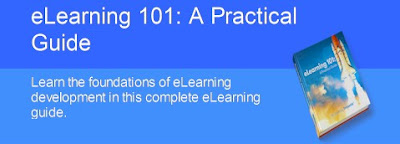 |
| Students using microscopes Photo: Blend Images / Alamy Stock Photo |
Among the latest evidence going in that direction is a new study published in Science this week showing that, in France, the fewer female academics there are in a given field, the better chance women have of being hired as teachers in that subject. The hiring bias also seems to work in the other direction, though to a lesser extent, with aspiring male teachers being favored in fields traditionally dominated by women. However, the relevance of these results to academia and their generalizability to hiring processes in other countries are subject to some debate.
The hiring of teachers in France offers a unique, real-life setting to investigate the role of gender in skill evaluation. Every year, national subject-specific competitions are held at two levels—for teacher candidates to work at a middle or high school, or to gain the highest-level agrégation qualification to work in a high school, college, or university—to determine who will be offered a teaching position. Candidates are evaluated first by written exams, then oral ones. The identities of the candidates, and thus their genders, are only disclosed during the oral phase. Therefore, by measuring how candidates rise or fall in the rankings between the written and oral exams, the researchers could assess how knowing candidates’ genders affected their scores.
One of the main conclusions of the paper, co-authored by Thomas Breda and Mélina Hillion of the Paris School of Economics, is that in fields as diverse as mathematics, physics, economics, and literature, there is no evidence of discrimination against the underrepresented gender. “We rather find that the gender in minority is increasingly favored” during teacher hiring as the level of underrepresentation in academic faculty positions increases, the authors write in a joint email to Science Careers.
In male-dominated fields such as math, physics, and philosophy, the bias worked in favor of women: The hiring advantage gained by female candidates between the written and oral exams was equivalent to an average of 10% of female candidates overtaking all the men. Meanwhile, there was a subtler yet opposite bias at play in female-dominated fields such as literature and foreign languages, equivalent to 2 to 6% of the male candidates overtaking all the women between the written and oral phases. In most fields close to gender equity, including history and literature, no bias against either gender was found. The highest-level biology exam is however an exception, as female candidates faced a ranking loss of 4% compared to males, even though women represent around 46% of academic faculty in this field in France.
The findings are most directly relevant to aspiring middle and high school teachers, but they are also applicable to those pursuing academic research careers, the authors argue. In France, about a quarter of the candidates who pass the highest-level agrégation exam join colleges and universities, where they are hired primarily to teach but are also allowed to conduct research or prepare Ph.D. theses, the authors explain in their email. This is not the traditional entry route for French assistant professors, but a significant number of Ph.D.-holders take the exam to secure full-time teaching positions at universities while waiting to win assistant professorships. Having an agrégation can also improve aspiring academics’ career prospects in some fields, which makes the results more broadly relevant to academia, the authors argue in their paper. “The main message for female students is that they can enroll in the academic tracks traditionally dominated by men without strong fear of discrimination,” they write in their email.
Read more...
Source: Science Magazine












































